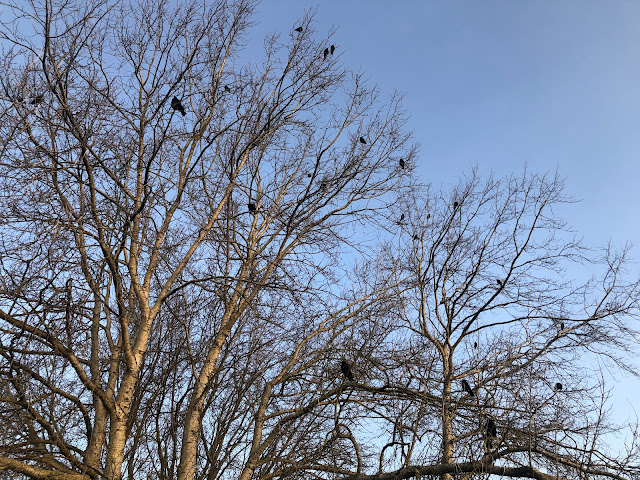A couple of weeks back I braved the evening rush hour commute on London’s Underground with a rather beautiful and very tall purple clematis bobbing about under my arm. I let four crowded trains go by before I could get on board and even then struggled to gain enough space for me and my precious plant. It was worth the effort though - that gorgeous plant was gifted from The Guernsey Clematis Nursery via the Garden Press Event where I had spent many happy and worthwhile hours during the day.
The event is for one day only so choices have to be made between exhibitors and talks; as a result, I missed hearing Anne Marie Powell (renowned garden designer and all round lovely person) talking about the garden she’s designed to celebrate Octavia Hill, the founder of the National Trust. That garden can be seen at the RHS Chelsea Flower Show this summer. And if you want to recreate your own little piece of Sissinghurst or other National Trust gardens, Blue Diamond garden centres have teamed up with the NT to produce a range of seeds to inspire your dreams.
 |
| ... if only I had enough space for a white garden! |
And, of course, it’s important to make time during the day to catch up with friends old and new!
So, all in all it was a very busy day. There’s always seeds, soil (peat free, of course) and pest control companies offering something new each year as well as an abundance of inspiration, education, garden equipment and generally useful stuff.
With my gardener’s brain fired up, and over 100 exhibitors there, these were a few of the products that piqued my interest ...
Primeur rubber products (bottom left of photo). Made from recycled tyres, I could see the potential for using their stepping stones, patio tiles and curveable edging in a variety of situations … keeping gravel away from borders, enclosing a grassed area, marking out paths and seating areas. In fact many of those products would be very useful in both my gated garden and the veg patch.
At another stand I gazed longingly at the ever desirable tools from Niwaki. I already have one of their Hori Hori knives, and a pair of their garden snips, but am now lusting after the mini shears and a larger pruning saw. Heaven forbid if I was to go to the Niwaki shop, I’d probably empty my bank balance!
Throughout the show there was a noticeable emphasis on gardening in a changing climate, ecological awareness, peat free, sustainability and wildlife.
At the entrance I noticed new product clogs made with sea algae by French company Rochette. (Middle right of above collage.) Sadly not available until later in the year, I love that someone is finding a useful way to clean up the oceans. New gloves from Town and Country are also made from recycled ocean plastics - and very comfy they were too. My next glove purchase for sure.
Plastic free Bio Fleece made from plants also addressed the perennial problem of too much plastic in the industry. Good to know that this fleece degrades in a couple of years so gardeners don’t have to worry about yards of torn mucky plastic fleece ending up in landfill. (Something we should all be thinking about!)
Along those same lines, Hortiwool, a Staffordshire based family run company, were promoting their wool products - large naturally degradable pads for insulation, nutrition (naturally degrades to feed the soil) and hydration (keeps basket plants moist when used as a liner) ... oh yes, the pads also (allegedly) deter slugs. I might give these a try when the beans and brassicas are planted.
There were funky children’s gardening sets from Burton and Ball, gift sets for rose lovers from David Austen, Coco + Coir compost that also allegedly deters slugs and snails (one to watch!), box moth pheromone traps and seed collections galore to inspire visions of bountiful harvests! Mr Fothergill seeds are also launching a new coir based compressed seed compost later in the year - click on the collage pic to read more.
 |
So that was me at The Garden Press Event; a wonderful day to mingle with my ‘tribe’ … but now it’s back to the real world and putting all those garden thoughts and ideas into action!
 |



















